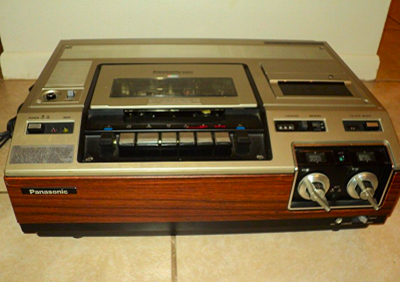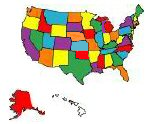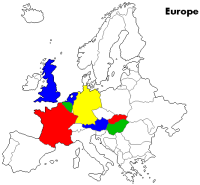The End Of An Era . . .
Please remember, Our RV Adventures is an Amazon affiliate. When you do your shopping through any of the Amazon links here, including the Search Amazon box in the right sidebar, it won’t cost you any more, but we’ll get a small commission on everything you buy. Just click on the Amazon link, then shop as usual. Thanks.
Plus, many of you are sharing our blog with others using the “Share this:” buttons at the bottom of each blog. Again, Thanks.
As I said yesterday, today was a ‘rest up’ day from my rooftop AC coil cleaning. And it was definitely needed, since I woke pretty sore this morning. Mostly I think from getting down on my knees and back up several times as I was working around all sides of the AC unit.
One blog reader ask why I didn’t use something stronger to clean the coil, something stronger like Greased Lightning, or our favorite strong cleaner, Awesome.
Awesome certainly has its uses. In fact it’s the best thing I’ve found for getting dead, stuck bugs off the front cap of the rig. Just spray it on, leave it for a few minutes, and then spray it off.
But be sure to get it all completely off, because it will start to eat your paint. In fact, Awesome recommends you don’t use it full strength at all, but dilute it first.
The reason I didn’t want to use it for cleaning the AC coil, is that all these cleaners are highly alkaline, and if you don’t get every last drop out of every nook and cranny, it will start eating the thin aluminum fins, just dissolving them away.
I’ve seen this happen before on a home AC unit. The homeowner had put in a new underground sprinkler system where one sprinkler head sprayed slightly on the outside unit.
But he also had a setup that automatically added liquid fertilizer to the spray. And that fertilizer was alkaline, as most are.
After a couple of months his AC just quit working. When they had it checked out, a large section of the coil fins had just disappeared, and if you rubbed your finger over the rest, they just disintegrated at your touch.
But the 409 I used is perfect for breaking loose the dirt and gunk without harming the coil.
Wrapping up, it’s the end of an era. The last VHS VCR will roll off the assembly line the end of this month. Funai, known as Sanyo in the US, is still selling about 750,000 units a year, but that’s dropping steadily, and they’re having more and more problems getting parts.
The last VHS tapes were made in 2008, but the supply stored away in warehouses has kept them on the market for years after. And the last movie on VHs was The History of Violence, and was released in 2006. So it’s been all downhill since then.
We got our first VHS recorder, a Panasonic, in 1980, paying, I think, around $800 for it.
It looked just like this one.
Of course I couldn’t keep my hands out of it.
These units only had a fast forward/rewind mode that didn’t let you see the picture as you were using it. But within a couple of months I had come up with a way to add a wired control box with an on/off switch and variable speed knob.
With the 20-30 foot cable stretched across your living room, it would let you fast forward through commercials as you watched the picture in fast mode. The knob let you speed up or slow down the mode.
I was working at JSC-NASA at the time, and after word got around, I installed these on a lot of other people’s machines, making enough to more than pay for our VCR. Nice.
Thought for the Day:
Common sense is like deodorant. The people that need it most never use it.
asdfsdf









